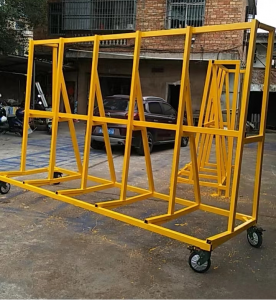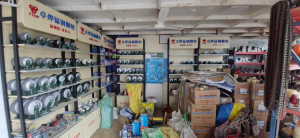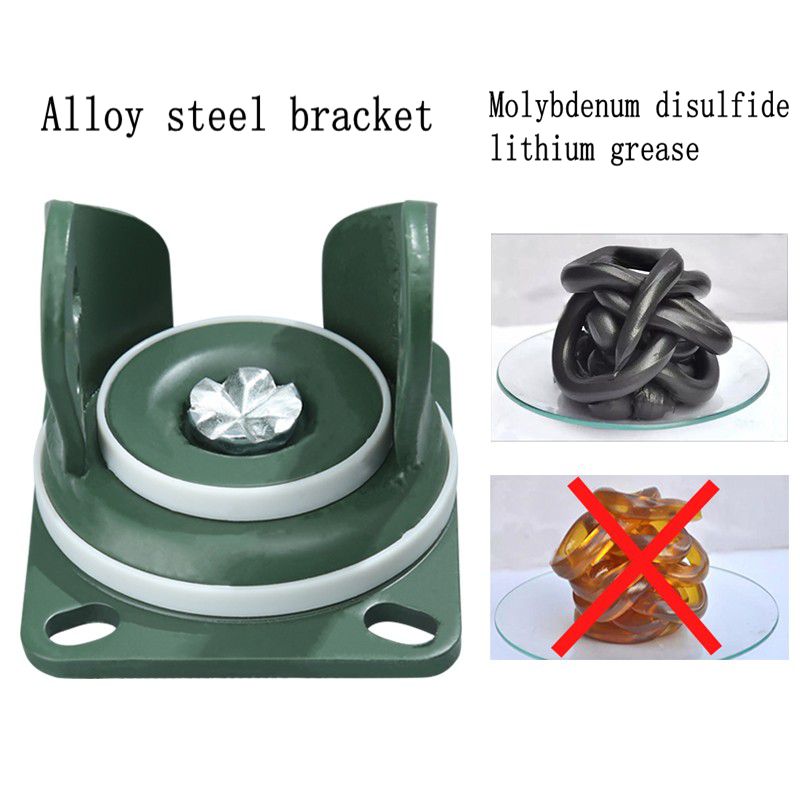As industrial casters are installed on the equipment, instead of human labor of various handling and continuously withstand a variety of overweight, impact, vibration, adjustment of rotation and other adverse conditions, so in the selection of caster specifications, customers need to fully consider a variety of conditions to withstand. The following small introduction to the performance characteristics of industrial casters and industrial casters troubleshooting methods.
First, industrial caster performance characteristics
1, the use of high-pressure punch production caster bracket, a stamping molding, suitable for 100 to 5000 kg carrying capacity of goods for short-distance transportation.
2、According to the user’s different use of the environment, can choose a variety of materials and width of the load capacity of the caster.
3、Industrial casters are widely used in factories, workshops, commerce, restaurants and other industries.
4、The design of casters can be customized according to the user’s required environmental load capacity.
5、Industrial ball bearings and industrial roller bearings are optional.
Second, industrial casters troubleshooting methods
1、Aiming at the universal wheel casters loose or wheel jamming caused by the “grinding point”, regular inspection and maintenance, focusing on the bolt tightness and lubricating oil, replacement of damaged casters in order to enhance the rolling performance of the equipment and rotary flexibility.
2, check whether the wheel bearing is broken, such as parts are not damaged, can be reassembled to continue to use. If the wheel is often entangled by debris, it is recommended to assemble the anti-cover to avoid such problems.
3、After repairing the wheel, make sure the bolts and nuts are tightened, you can use anti-loosening washers or anti-loosening nuts on all bolts. To prevent the wheel from loosening and causing damage or inability to rotate.
4、Rubber tires that are severely damaged or become slack may result in unstable rolling, air leaks, abnormal loads and damage to the base plate. Timely replacement of damaged tires and bearings can reduce the cost of downtime due to caster damage.
5, regular inspection and maintenance, add lubricating oil for casters and bearings, especially in places prone to friction, such as the wheel core, thrust washers, roller bearings of the roller surface.
Industrial casters selection method:
1, bearing capacity: determines the bearing weight, wheel size, affecting the rotational performance of casters. Ball bearings are suitable for heavier load requirements above 180 kilograms.
2, the use of site conditions: choose a large enough wheel to adapt to site cracks. Also need to consider the size of the road surface, obstacles and other factors.
3、Special environment: choose the right wheel for the working environment. Such as traditional rubber wheels are not resistant to acids, oils and chemicals, you can choose KOSUN high-tech polyurethane rubber wheels, plastic wheels, modified Bakelite rubber wheels and steel wheels.
4, rotation flexibility: the larger the wheel, the more labor-saving rotation. Ball bearing carries heavier, rotating more flexible but lighter load.
5、Temperature limit: Cold and heat may cause problems for some wheels. The use of molybdenum disulfide lithium grease casters can be adapted to high temperatures from -20 ° C to 180 ° C. The casters can be used in a wide range of temperatures.
Post time: May-30-2024



